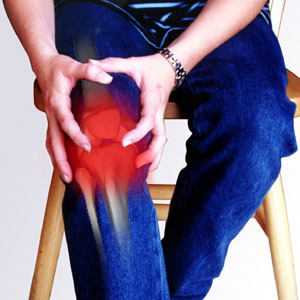Changes to Candidacy Rating based on Review of Data from 112 Knee Patients
As you know, we have traditionally used a prospective (before the procedure) candidacy rating based on the amount of knee damage. This meant that the more knee damage on imaging, the less the patient was considered a good candidate for the Regenexx procedure. This was GOOD for patients with isolated cartilage lesions or stable meniscus tears, FAIR for patients with more significant single compartment (lateral, medial, anterior) loss of cartilage with up to functional bone spurs, and POOR for patients with severe degenerative disease in multiple compartments of the knee and with bony remodeling (big bone spurs). This made sense, as most surgical procedures used similar grading scales. However, we have always suspected that the FAIR patients did as well as the GOOD, but weren’t willing to change our grading system (despite the fact that this grading system likely resulted in many patients not pursuing the therapy simply because they were placed in the FAIR rather than GOOD candidacy grade) until we had more data.
This week we were able to look at 112 knee patients who were at the one year follow-up for their Regenexx-C knee procedure (injecting their own stem cells into the knee). Most patients were told they were knee replacement candidates at the time of the procedure or would soon be a knee replacement candidate. After one year, only 2% of this group decided to go for the knee replacement despite the stem cell treatment. More interesting was the fact that even including treatment failures with treatment successes, there was an average >50% reduction in self-reported knee pain one year or greater after the procedure. The percentage of self-reported relief was the same for the GOOD and FAIR candidacy groups, 55%. This percentage relief did drop for the POOR candidacy group to 45%, but that difference wasn’t statistically different. This may be because there were only 15 patients in the POOR group, so the statistical power needed to show this difference just wasn’t there yet. The low numbers in this group are likely due to the big incentive not to travel to Colorado to get this procedure if the doctor places you in the POOR category (about 25% of the patients we talked to during this time) artificially depressing the number of POOR candidates treated. As result of all of this data, we compressed the GOOD and FAIR categories into GOOD and will keep the POOR category until we have a big enough number of patients in that group to run the stats again. This means we now have only GOOD and POOR categories for knee patients at this time. We will keep our candidacy systems for other joints until we know more.
In summary, the Regenexx-C procedure (at least as practiced here) at one year plus after the stem cells go back in, has saved a lot of patients from more invasive surgery. The results appear to be robust for patients who have mild to moderate/moderately severe in one compartment osteoarthritis. Once we look at more of this knee dataset over the next month, we will be submitting this data for publication.

NOTE: This blog post provides general information to help the reader better understand regenerative medicine, musculoskeletal health, and related subjects. All content provided in this blog, website, or any linked materials, including text, graphics, images, patient profiles, outcomes, and information, are not intended and should not be considered or used as a substitute for medical advice, diagnosis, or treatment. Please always consult with a professional and certified healthcare provider to discuss if a treatment is right for you.

